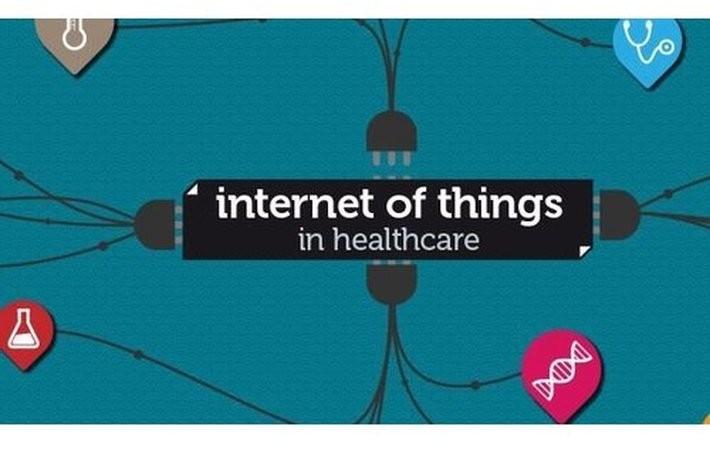
Published on 12/16/2016 | Use Cases
We seek to empower the patient by providing him with a platform to engage with the healthcare system in real time and also by collaborating with all the stakeholders of the healthcare ecosystem. We strive to establish a kind of synergy among all the stakeholders that would facilitate and improve the healthcare delivery system by bringing the caregivers/healthcare providers to the patient in the shortest possible time.
The world is continuously growing and changing. Various advancements have also occurred when it comes to the technology used in rendering healthcare services. Thus, there is no doubt that the healthcare industry has improved in the last decade but what are some of those improvements.
The technology has also played a big role in patient registration and data monitoring. Before, people need to go seek a doctor and visit them personally for a consultation but now, it is very much possible for them to consult a doctor in the convenience of their own homes by allowing them to talk with their doctor through a video chat, as Telehealth has been introduced. Apart from that, there are also technologies that allow a healthcare provider to monitor their patients in their own mobile phones. It’s not only that for they are also now capable of sending and receiving patient’s information in their mobile phones as well. All of these have been made possible, as wireless connectivity exists.
Devices that can help monitor one’s health of the one wearing it have also been highly available in the market. As a matter of fact, there are even sensors that are capable of collecting data that would of course help their doctor be informed in case there is something abnormal with their patients. This allows them to provide the right medication and treatment to their patients fast. On the other hand, although great improvements have been made in the healthcare industry, one can still expect that a brighter future awaits in the next years or decades.
Within five years, the majority of clinically relevant data will be collected outside of clinical settings. It has been said that healthcare in the future would become more personal. Thus, one can expect that personalized medicines or medicines that have been created specifically for an individual would be available. The way doctors diagnoses their patient’s disease and provides treatment to them would also be changed as data would become more accessible in the future, combined with the use of more hi-tech devices. As more people are being conscious of their health, one can expect that more tools and equipment would be available in the future.
Internet of Things
In the IoT paradigm everything in the world is considered as a smart object, and allows them to communicate each other through the internet technologies by physically or virtually. IoT allows people and things to be connected Anytime, Anyplace, with anything and anyone, by using ideally in any path/network and any service.Internet of Things could be the driver for health care’s new visage and revolutionize patient care transcendentally.
A few ways how IoT can be used in healthcare industry:
1) Remote patient monitoring Remote patient monitoring (RPM) uses digital technologies to collect medical and other forms of health data from one individual in one location and electronically transmit this information to the health care providers. RPM can help reduce the number of hospital readmissions and lengths of stay in the hospitals.
2) Clinical care Hospitalised patients whose physiological status requires close attention can be constantly monitored using IoT driven, non-invasive monitoring. Sensors are used to collect such information and using cloud to analyse data and then send this analysed data to caregivers. It replaces the need for the doctor to visit the patient during regular intervals for check up. This will also help to improve the quality of care through constant monitoring.
3) Device monitoring An IoT connected device metal device can notify when there is a problem with a device. This will prevent the device from shutting down and avoid patient rescheduling.
4) Outpatient Monitoring This IoT solution enables doctors to capture health parameters and advice patients remotely. The patient's hospital visit is therefore limited and needs to visit only on need basis. This solution helps hospitals manage hospital beds and consequently increase revenues while at the same time delighting customers. Although, IoT implementations will likely raise concerns around data privacy and security. While most of today's devices use secure methods to communication information to the cloud, they could still be vulnerable to hackers. While we have yet to see a huge number of adopters of the Internet of Things in healthcare, its popularity is undeniably on the rise in other industries.